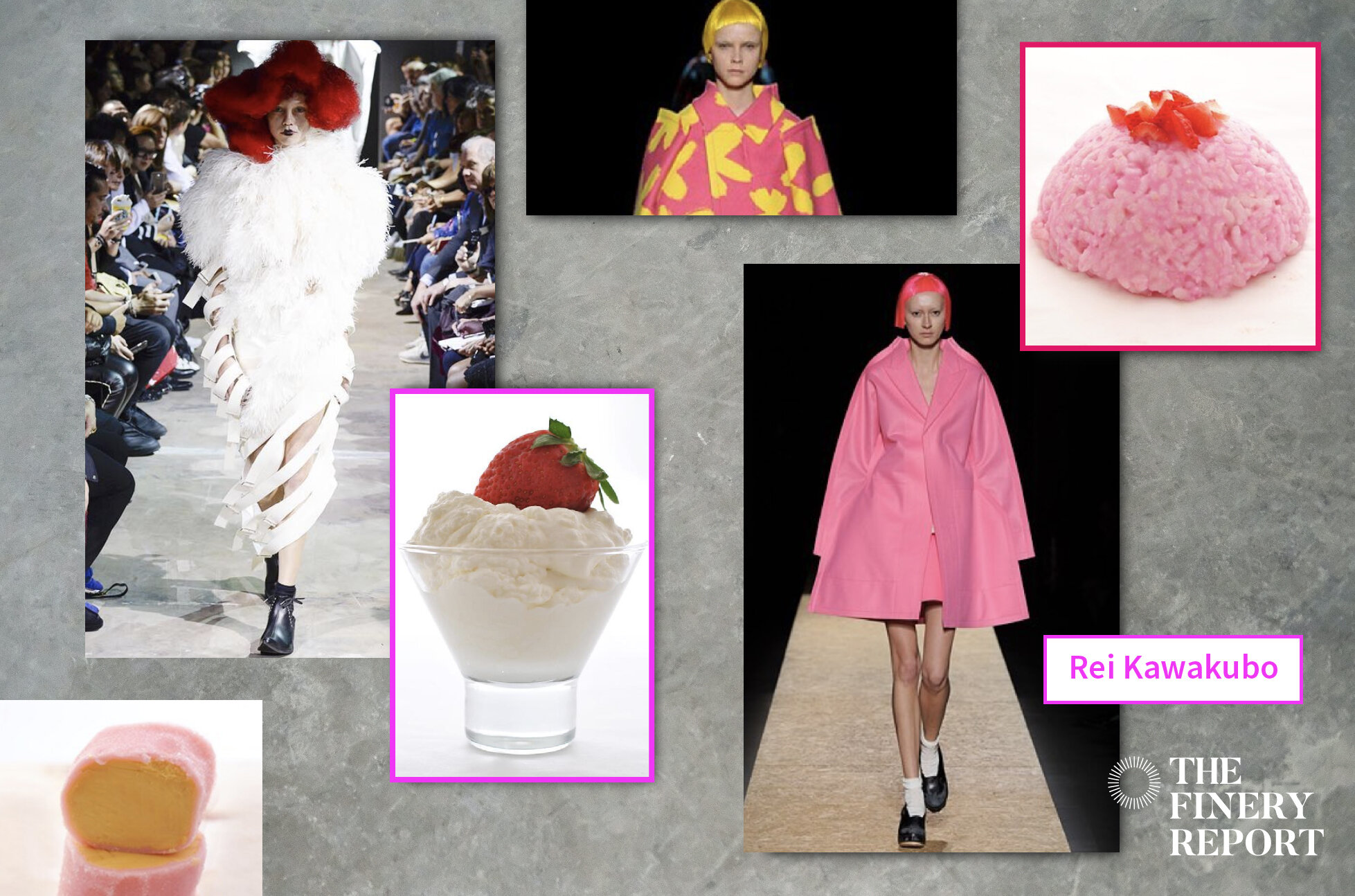The x-factor of fashion designers: Issey Miyake, Rei Kawakubo, Thierry Mugler
Read in Indonesian
Fashion designers are creators, innovators and artists. Their primary role is making one’s vision come to life, as clothes allow someone to appeal in a certain way and express themselves. Sometimes, their expression is deemed bizarre or absurd, especially on avant-garde collection.
Avant-garde collection is an experimental, unorthodox and radical work of fabric and silhouettes. It is usually created for runway presentation Avant-garde collection is where fashion designer pushes the boundaries and showcases thought-provoking work that redefines the way society looks at clothes.
Designers are the main creative powerhouse - they sketch designs, choose the theme of the season, follow trends and decide what fabrics to use, and they pin, arrange and drape clothes. They are a part of the entire design and production process, hence in today’s society they also contribute to today’s cultural and social phenomenon.
Issey Miyake
Issey Miyake’s signature designs are pleats and origami-inspired geometric shapes. This is evident since the beginning of his career. His clothes always show the complexity of his concept through a minimalistic approach. Clean lines and structured and airy clothes are his forte.
Best collection:
1995 Spring/Summer by Issey Miyake – This collection brought a feeling of a cool breeze; a combination of soft and bright colours that captured the essence of summer. This collection showed Miyake’s talent. It was a mixture of everything - there were plaids in all shades, neon and chromatic bucket hats, as well as blue and white stripes that resembled the ocean.
With his ability to play with patterns and colours, he combined them with silhouettes that were elegant yet bold, such as maxi dresses with a UFO-like silhouettes that bounced when the models walk, structured light-weight biker jackets, thin see through cardigans, cocktail dresses and chic shorts – it gave a very Californian and Mykonos-like ambience. A dreamy and chic summer was the essence and aura of this collection.
Rei Kawakubo
Rei Kawakubo’s take on fashion is clearly quite the opposite - abstract deconstruction is her signature look. Colossal rounded shapes paired with floral patterns, fraying edges and such is anything but shy; it screams attention, edginess and a kind of uniqueness that is hard to come by.
Best collection:
Rei Kawakubo paid homage to her punk rock roots through her 2016 Comme des Garçons Fall/Winter Collection. Kawakubo’s works always have the bits and pieces that reflect the heavy influence of punk rock on her. This collection gave punk rock a warrior princess look. There was an explosion of floral patterns, as well as neon pink combined with black, white and blue.
Each article of clothing was embellished with detailed, embroidered brocades, lifelike floral stitches and regal lace. With unmatched talent, Rei Kawakubo did not stray from her signature voluminous silhouettes. Geometric skirts, flared sleeves, high neckline and architectural assembly captured the essence of what feminine and strong looked like, and Rei Kawakubo is the very definition of that.
Thierry Mugler
French fashion designer Thierry Mugler has graced the couture scene since the beginning of his career. His pieces are works of art. Using high end materials, as well as bedazzling and dramatic silhouettes mixed with science fiction, Mugler turned his strong vision into a real fantasy that was truly ahead of his time. Mugler is an avant-garde designer who specialises in adorning the female body with so much fierceness and grandeur, but also gives them a touch of soft elegance that can’t be missed.
Best collection:
1997 Les Insectes Spring/Summer Collection by Thierry Mugler made its way into the books of history. It was haute couture at its finest. Never one to conform to any trends, Mugler made the wonders of his imagination come to life through the way he combined Mother Nature with materialistic items on the female body.
Every piece was head-to-toe dramatic; the models donned head pieces resembling grasshopper antennas in colourful gradation that showed the beauty and uniqueness that Mugler tried to encapsulate from real insects. The glasses the models wore looked almost like bug eyes.
There were also feathered hats and bedazzled corsets that accentuated the bust and hip. As the disruptor of fashion, Mugler used unconventional materials, such as rubber, car tires, latex and plexiglass to emulate the look of beetles and butterflies. This collection was pure liberation and otherworldly fantasy; one that cannot be forgotten.













